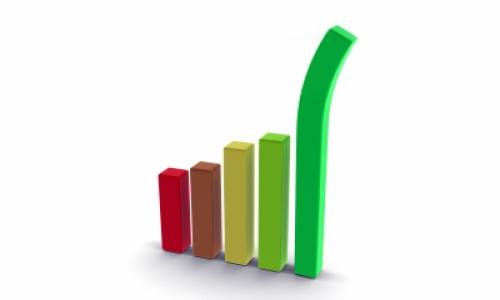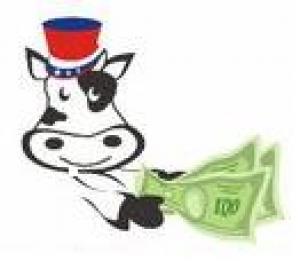Investors new to bonds often wonder what the difference is between yield to maturity and current yield.
Coupon %
First, let's back up and start with coupon %. This is the stated percent that a bond pays. It generally does not change or fluctuate over the life of a bond. Thus, a 30-year bond when it's issued might have a stated coupon of 5%. That means that it pays $50 for ever $1,000 invested. If you hold the bond for 30 years, you will receive the $50 every year regardless of interest rates or market conditions (unless the bond defaults or is called).
Current Yield
Now, let's take that same $1,000 bond and let's assume that interest rates rise so that an investor can get a similar bond with a 6% yield. If you tried to sell your 5% bond for $1,000 an investor would be foolish to buy it when they can get a bond that pays 6% for $1,000. So, in order to sell the bond, you'll have to give a discount on the price. Say you offer to sell your bond for $800. The bond still pays $50 per year so that means that the current rate is now $50/$800 or 6.25%. The investor would now be wise to purchase your bond at a current yield of 6.25% versus the other bond at 6%. Of course, to sell the bond, you had to lose $200 via the discount you provided. That's why rising interest rates are bad for holders of bonds. The opposite is also true. Falling interest rates make the value of bond greater because investors will pay more to get high yield bonds.
Yield to Maturity (YTM)
Yield to maturity is the most complicated of the yield terms but it also the one investors use the most. It includes not only today's payments, but all future payments and assumes that those payments are reinvested at the same rate. It also includes the repayment of principal. If you bought a discounted bond for $800 but it's par value is $1,000 then you'll receive that extra $200 at maturity. In general, if you've purchased a bond at a discount, then the yield to maturity will be greater than the current yield because of this. If you purchased the bond at a premium, then the opposite is true.




Comments
Amit
January 11, 2011
Incredible explanation! :)
Is this review helpful? Yes:1 / No: 2
Tuna
June 16, 2013
great explanation :) thanks
Is this review helpful? Yes:0 / No: 2
Sheeba
August 05, 2013
Very helpful:)
Is this review helpful? Yes:0 / No: 2
Add your Comment
use your Google account
or use your BestCashCow account